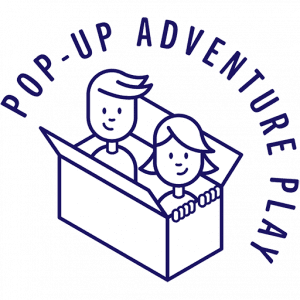There is a monster in my house. She is 3 ½ years old and her name is Eliza.
When she scrunches up her eyes, nose, and mouth into the center of her face and growls, all other ferocious beasts beware. She is the toughest of the tough, until she laughs out loud and falls down on the floor.
 Last Friday, I was with my small monster and my older daughter Alex (7) at a playground near our favorite bakery. I was on the top of a play structure with both girls and I’d been assigned the role of “monster who eats people”. Thus, I was the worst of the monsters. As I ate people (a.k.a. a delicious chocolate breakfast treat from the bakery), sipped coffee, and enjoyed the warmth of early spring, some children climbed the large wooden stairs towards us.
Last Friday, I was with my small monster and my older daughter Alex (7) at a playground near our favorite bakery. I was on the top of a play structure with both girls and I’d been assigned the role of “monster who eats people”. Thus, I was the worst of the monsters. As I ate people (a.k.a. a delicious chocolate breakfast treat from the bakery), sipped coffee, and enjoyed the warmth of early spring, some children climbed the large wooden stairs towards us.Eliza walked to the top of the stairs and looked down with her best monster face, blocking the way. I paused for less than three seconds to see what would evolve. But, a voice from below instantly yelled, “Hey! Can you move out of the way? My child is trying to get up there, too. This park is for everybody.”
I turned to see a woman standing below us. “It’s okay,” I smiled, “I’m her mom. I have this. We are being monsters today. It’s going to be okay.” I turned back to the stairs to find that Eliza had already moved quietly to the side. The woman, who I later learned was at the park with six toddlers from her home daycare, was still trying to argue. “It won’t be okay if he backs up on those stairs and falls.”
I’ve spent the last seventeen years in the field of early childhood education and the last nine years specifically researching play. I fully understood how much this woman had singlehandedly (in one self-centered moment from fifteen feet away) stolen from the young boy whom she was trying to protect, and from Eliza (the monster). Later, I sat next to the woman on a bench and rehearsed how I would explain to her the importance of respecting children, of giving them space to work out their own conflicts and to create conflicts in the first place. I would say that I’m about to complete a doctoral degree; that I know about play and learning, and that children need and often enjoy conflict in the safe space of play. They create challenges themselves, dive into their own dramas, and just as easily banish obstacles from their latest narratives.
But, I didn’t have to say any of this. Andrew (the 18-month-old whom Eliza had blocked at the top of the stairs) spent the entire forty-five minutes we were at the park following Eliza everywhere she went. He never let his newly found monster out of his sight. He pointed at her, grinned, and said, “No” before toddling away and looking back hopefully.
play = conflict
By Anna